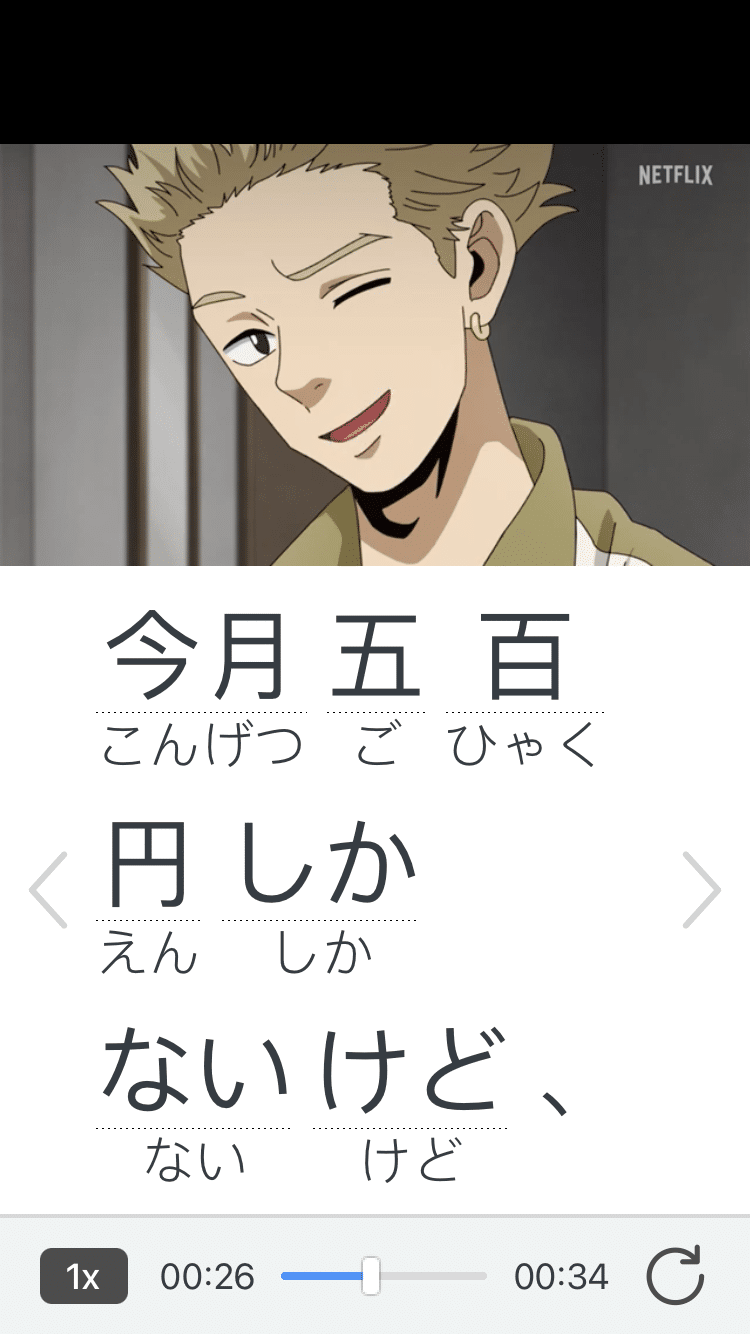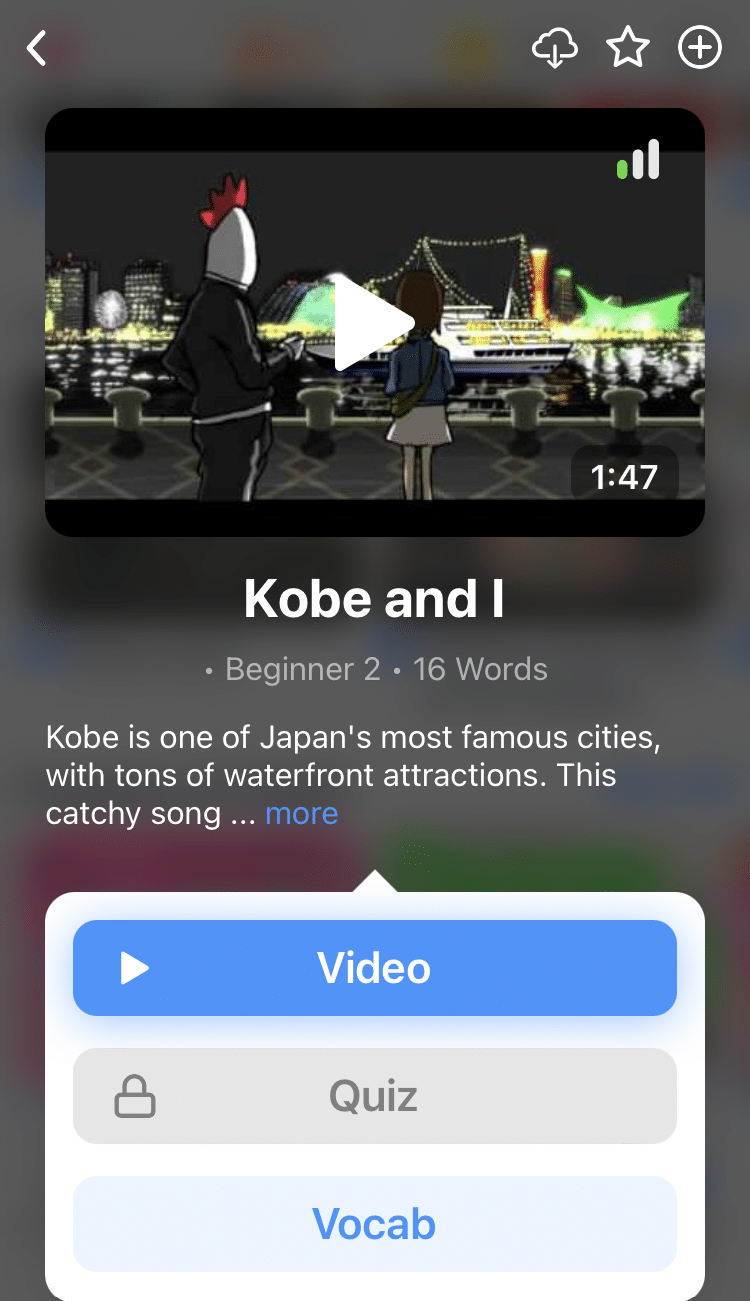
Omiyage: The Joy of Giving and Receiving Gifts in Japanese Culture
Ever heard of omiyage?
The literal translation of お土産 — omiyage —(おみやげ) is “local product” and is usually translated as “souvenir”. It comes in the form of carefully-wrapped boxes of local goods (usually food) sold in tourist shops that you can bring back from a trip away from home.
But it means much more than that and is a very important segment of Japanese culture.
Learning Japanese is not only about grammar and vocabulary. Immersion in the culture is a major indicator of your all-around awesomeness.
In this post, we’ll explore the wonderful world of the Japanese gift-giving culture. Here we’ll walk you through a rough guideline of what omiyage is, what to buy and how to adhere to a little omiyage etiquette.
Contents
- So, What Is Omiyage?
- Your Complete Guide to Buying Omiyage
- A Glimpse at Omiyage Etiquette
- And One More Thing...
Download: This blog post is available as a convenient and portable PDF that you can take anywhere. Click here to get a copy. (Download)
So, What Is Omiyage?
So much of omiyage is lost in the translation “souvenir.”
All right, so what is it?
From Tokyo Banana to an odd concoction from Okinawa, omiyage comes from a long tradition of bringing your friends, family and coworkers some of the goodness that you experienced elsewhere while they were holding down the fort.
Because of the group consciousness and “communal society” that Japan is run on, every person is constantly thinking about the feelings of others out of respect and empathy. It generally keeps things running smoothly.
So what you need to know is that omiyage is a really easy way to show gratitude or good intentions to someone with whom you’ve entered into a mutually beneficial relationship.
It’s often used for sending one or more of these four messages:
1. We’ve just met and I’d like to show you I’m psyched about it.
2. In exchange for some inconvenience I’m causing you, here’s something to show my gratitude.
3. You’ve done something for me in the past, and here’s my お返し (おかえし), something I’m doing in return.
4. I want you to be able to live vicariously through me and my awesome trip that you didn’t get to experience, as you’ve done for me before.
Particularly for number 4, a lot of the time an employee will buy omiyage for their coworkers while thinking: “Well, I took a day off, so it’s only fair to bring them something to say thanks for their support in my place.”
Omiyage aren’t necessarily thoughtful gifts
Unlike the usual souvenir you buy for yourself or for family and friends, Japanese omiyage is not necessarily purchased by choice.
The majority of the time, it’s expected.
And it’s as integral to Japanese culture (notably office culture) as 飲み会 (のみかい – drinking parties) and カラオケ (からおけ – karaoke).
Went abroad for a business trip? Buy omiyage.
Went to the next city for a meeting? Buy omiyage.
Went to a 温泉 (おんせん – hot spring) for a day trip…?
Buy omiyage.
If you want to start off or keep existing good relations between yourself and your coworkers, friends and acquaintances, you’d better pick up one of these smooth, beautifully simple and elegant little boxes full of treats!
Learning all about omiyage and other Japanese customs and traditions will help you become fluent.
Your Complete Guide to Buying Omiyage
What makes it genuine omiyage?
- It’s an obvious representation of the place you traveled to. If it’s within Japan, everyone already kind of knows which omiyage is famous where. However, if you’re coming in from another country, you might want your omiyage to visually represent where you’re from.
- It’s easily shareable.
- There’s a lot of it.
- It’s a treat for the eyes as well.
What are people going to like?
There’s nothing like busting out your omiyage and being answered with a genuine おー! that tells you just how awesome your choice was. In fact, a lot of the time when asked what their favorite part of omiyage culture is, Japanese folks will often say it’s “seeing the happy faces.”
So let’s take a look at some of the deliciousness you can get from within Japan:
Tokyo: 東京バナ奈 Tokyo Banana
These tasty treats are like a light, fluffy, banana twinkie.
Kyoto: 生八つ橋 Nama Yatsuhashi
Yatsuhashi is a traditional sweet, made from glutinous rice flour and sugar with cinnamon that gives it its distinctive taste.
Osaka is known for its takoyaki (octopus dumplings) and while these are perishable, you can opt for the more durable takoyaki senbei (rice crackers) instead!
Fukuoka: ひよこ饅頭 Hiyoko Manju
If you’re going to be in Fukuoka, might as well go for the absolute classic and grab some ひよこ, which are shaped like a baby chick. The adorably shaped Hiyoko treat with its bean jam-filled “yolk” originated in Chikuho Iizuka and expanded to Fukuoka.
Hokkaido: 白い恋人 Shiroi Koibito
It’s a white-chocolate cookie that translates as “white lover”, inspired by European tastes that you should definitely bring back to your buds.
A Glimpse at Omiyage Etiquette
Omiyage is not only about choosing the right gift. It is about presenting it in the proper manner as well.
That’s right—there’s a proper etiquette behind omiyage culture.
1. Insist until they accept it
As we said, omiyage is an obligation. Japanese (be it family, friends or coworkers), are actually expecting some omiyage when you return from your trip as a common courtesy.
That said, they are inclined to politely refuse.
But make no mistake—they do want it and they greatly appreciate the gesture, so keep on insisting until they accept it. Think of it as a little formality included in the omiyage tradition.
You offer, they decline, you insist, they accept.
2. Don’t be offended if it’s not opened right away
Chances are the omiyage is going to be put away and opened at a more convenient time. Just to avoid that whole awkwardness potential.
The thing to understand is that the purpose of the omiyage is not in the gift itself, but all the underlying notions covering the tradition. Just know that you are acknowledged and will be remembered the next time it’s your turn to receive omiyage.
Kind of an exchange of mutual respect.
3. Don’t think you’re exempt!
It’s easy to think that because you’re a foreigner you’re excused from attending to this ritual.
But embracing this gesture will absolutely go the extra mile in your relationships. It is so worth it.
Buy that omiyage. Earn your respect. Appreciate your friends!
You’ll get major bonus points if you show up on your first day in Japan with something that represents your own culture…whether it really does or not.
Since omiyage is a very important Japanese cultural custom, why wouldn’t you want to partake?
Traditions should be respected as, more often than not, they’ll tell you something vital about the people you’re interacting with.
If you’re looking for more ways to improve your knowledge of Japanese traditions and customs, a good way to do this is by learning it straight from the Japanese people themselves.
A language learning program like FluentU lets you do that.
FluentU takes authentic videos—like music videos, movie trailers, news and inspiring talks—and turns them into personalized language learning lessons.
You can try FluentU for free for 2 weeks. Check out the website or download the iOS app or Android app.
P.S. Click here to take advantage of our current sale! (Expires at the end of this month.)

So, wherever you are, bring some omiyage home. Spread the joy!
Download: This blog post is available as a convenient and portable PDF that you can take anywhere. Click here to get a copy. (Download)
And One More Thing...
If you love learning Japanese with authentic materials, then I should also tell you more about FluentU.
FluentU naturally and gradually eases you into learning Japanese language and culture. You'll learn real Japanese as it's spoken in real life.
FluentU has a broad range of contemporary videos as you'll see below:

FluentU makes these native Japanese videos approachable through interactive transcripts. Tap on any word to look it up instantly.

All definitions have multiple examples, and they're written for Japanese learners like you. Tap to add words you'd like to review to a vocab list.

And FluentU has a learn mode which turns every video into a language learning lesson. You can always swipe left or right to see more examples.

The best part? FluentU keeps track of your vocabulary, and gives you extra practice with difficult words. It'll even remind you when it’s time to review what you’ve learned. You'll have a 100% personalized experience.
Start using the FluentU website on your computer or tablet or, better yet, download the FluentU app from the iTunes or Google Play store. Click here to take advantage of our current sale! (Expires at the end of this month.)


